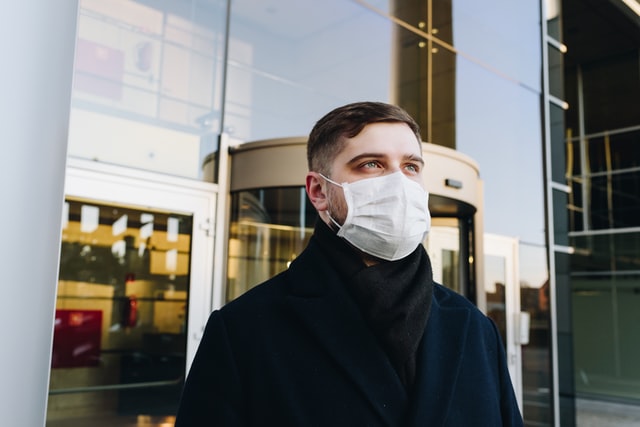How can business keep their employees safe if face coverings are not mandatory in the office?

@Steelcase have worked in collaboration with @MIT’s Dr. Lydia Bourouiba to prioritise employee safety as we return to the workplace. Do we need face coverings in the office?
As the UK moves closer to life out of lockdown, organisations will need to kickstart their plans to get back to the workplace. 88-90% of those working from home want to return to the office, but guidance on how to do so safely – such as if employees should wear face coverings – continues to shift on an almost daily basis. It is essential that businesses, communities, and individuals do all they can to mitigate the spread of disease, but what does this mean for the workplace?
While some organisations may consider long term work from home policies, this could be potentially detrimental to employees. Individuals may be suffering from WFH burnout – feeling pressure to work longer hours with a diminished work-life balance and without the tools to protect their physical or mental wellbeing. Getting people back into the workplace to collaborate is critical for innovation, but only if employees feel safe to do so.
In collaboration with MIT’s Dr. Lydia Bourouiba, professor and disease transmission specialist, workplace experts Steelcase have researched design strategies to mitigate the spread of disease. On average, 98% of seats in the office are currently at risk of transmission due to inadequate spacing or lack of spatial division – to return to the office, infection mitigation must be the priority. Steelcase has devised three workplace redesign strategies to ensure that the office is a safe environment to return to, empowering employees to regain a sense of connection and purpose:
- Change Geometry: rotating desks by ninety degrees will allow employees to face in different directions, thus restricting the possibility for transmission, whilst physical separation elements ensure that health standards can be met – even when minimum distancing is not possible
- Visual Cues: by signposting traffic flows, distancing guidelines, and unused spaces, workplaces will be able to limit the risk of transmission and keep employees safe
- Flexible furniture and power: introducing furniture that can be reconfigured will give organisations greater resilience to adapt to greater or lesser distancing regulations, while remote power empowers employees to reclaim unused spaces
Alicia Michael, Director of Communications at Steelcase EMEA, says: “Many employees may have become disillusioned from their organisation’s purpose and from their colleagues during this time, so it is essential to bring them back to the physical workplace in order to reconnect and collaborate. Protective measures – such as wearing face coverings – will differ from office to office, but no matter the size of the business, individuals must feel safe, or employers risk a dip in engagement. We must strike the right balance between re-connecting with employees and protecting their physical wellbeing.”












Responses